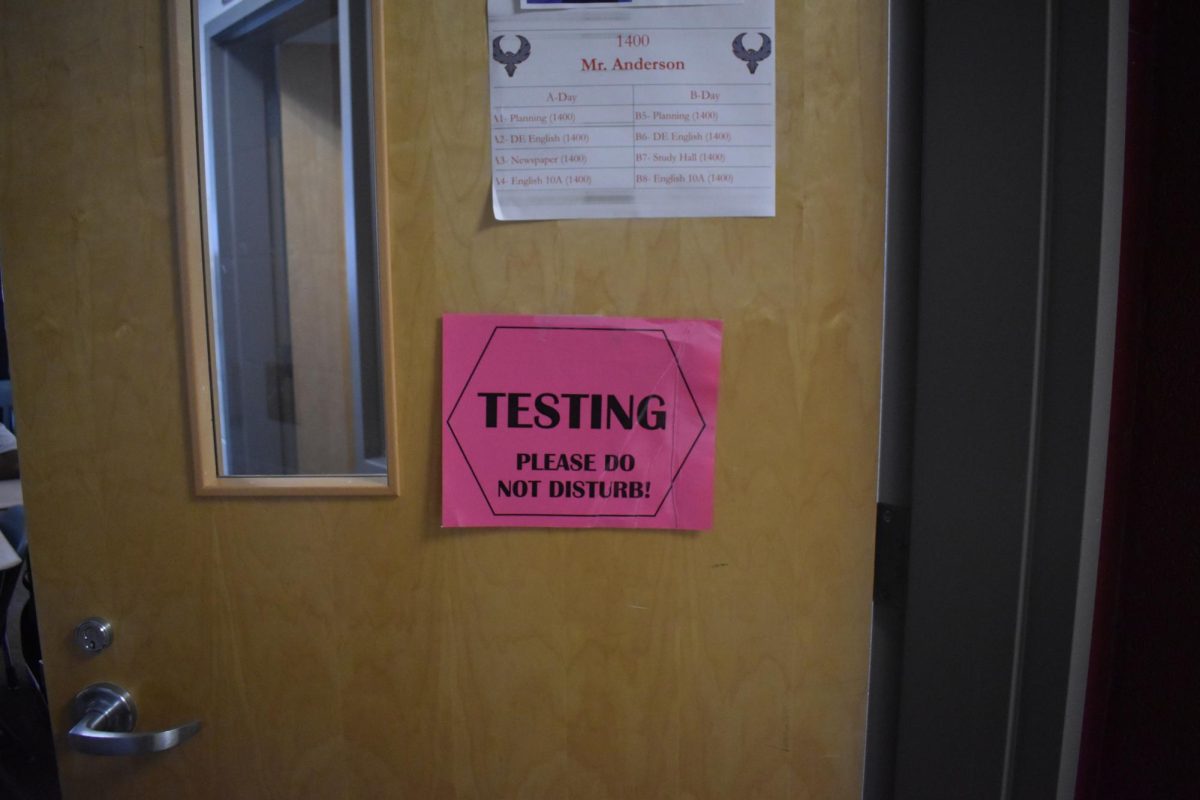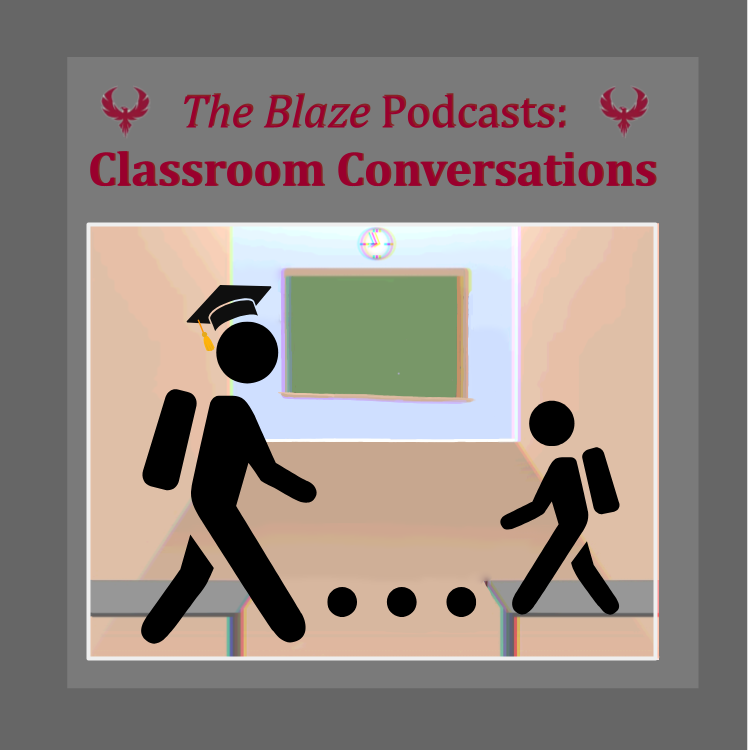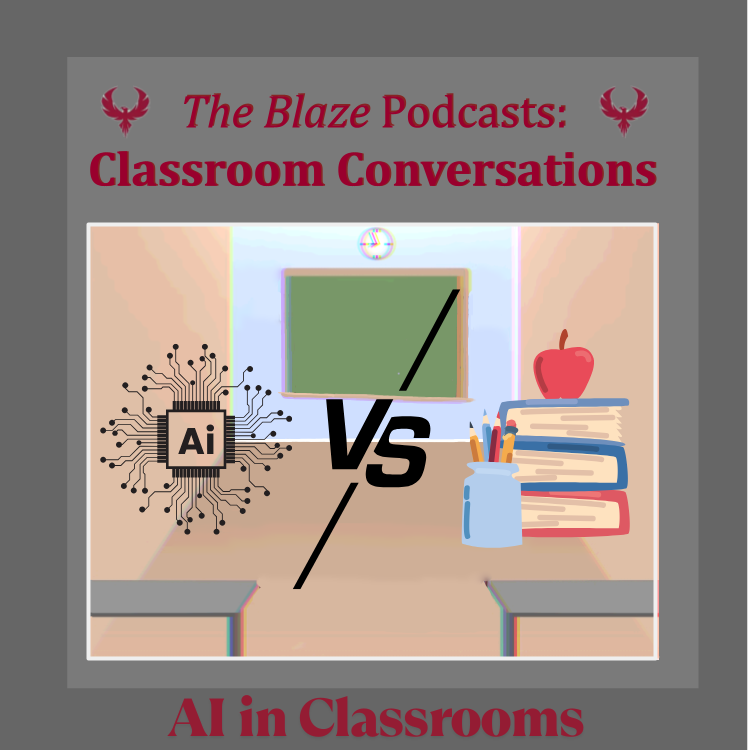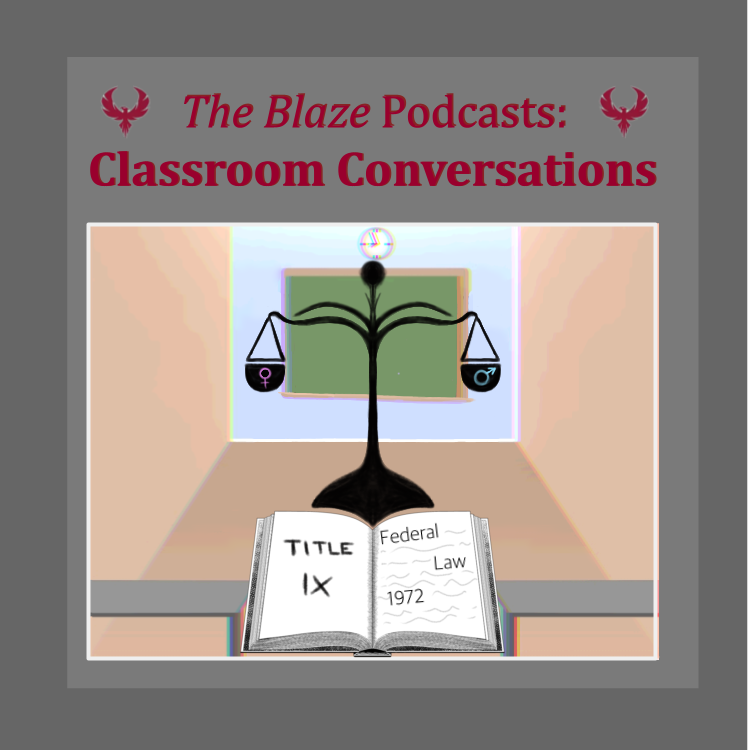Five-days of school, two days of break. This is what students all across the country have gotten used to, and is a schedule that is practically engraved in everyone’s brains. The five-day workweek is rooted in the Industrial Revolution, and was created because Saturday and Sunday are important in major religions. Its original purpose was to be a break for factory workers, and the idea had been pushed by labor unions. The five-day workweek was pushed by many large business owners, like Henry Ford.
Although there have been many changes to society since the Industrial Revolution, this schedule has stayed constant for many students and workers alike. For students, weekends provide time to do homework, hang out, and relax.
During the pandemic, school counties across the country gave students an asynchronous Monday, which gave students extra time to do their work and relax without having to attend online classes. Although this schedule change was temporary, many supported it.
A large number of counties, almost 900, are switching their schedules once more, and are adopting a four-day school week with the asynchronous Monday. This is a huge increase from the 650 districts that used a four day schedule in 2020.

What is the cause of this sudden shift? One major reason lies in the decrease in teachers across the country. Due to the lacking number of educators, some districts reduced the number of days the teachers had to work. However, there are other causes for the shift. Some districts changed the schedule for economic reasons. Because teachers had to work fewer days, they were paid less, which allowed school districts to use that money for other programs, activities, or classes.
The implementation of four-day school weeks has had a significant impact on students as well. It gives them more time to work on homework and allows for a longer break which can help reduce stress, in turn, bettering students’ mental health. The extra day also allows students to get more sleep, which gives them more energy to work on school days.
However, there are downsides to this system. The school time that would have been missed on the removed day is added to the other four days of school, increasing the length of school days. Teachers were also paid slightly less than before, which can hurt them financially. The extra day would also require parents of little kids to change up their schedule as well, because they would need to take care of their kids for an extra day.
Another way schools make up for time lost is by decreasing the length of breaks. However, this also had negative effects on students. Extended breaks are times for students to relax and spend time away from school. By shortening these breaks, districts restricted the amount of time students participated in other activities, which ultimately had negative effects on mental health.
Students Speak: Which Week is Better?
Changing the number of days in a week that people go to school has the potential to change how students feel about school.
Most students preferred four-day weeks over five-day weeks. “[Four-day weeks] would give us a break on Mondays,” junior Ladan Jaamac said. “[They] would give us more time to do our work.”
However, if a four-day week is implemented, it would likely lead to longer school days. “I think if [the extended school days] gave us four-day weeks, then yeah, I would still like [them],” Jaamac said.
Senior Cristianna Barnes held the opposite view. “Honestly, I’m not opposed to the current schedule,” Barnes said. “I feel like [five-day weeks] are fine currently. Some students slack a little bit, so if they are heavy slackers [four-day weeks] would make it hard for them to finish school [work].”
Barnes also believes that, for schools where four-day weeks are already implemented, they should not increase the length of the day. “I feel like kids wouldn’t pay attention anymore, because they want to go home,” Barnes said. “[Students would be] tired and out of it.”
Junior Sriniya Talluri brought up her experience during the four-day weeks during quarantine.. “When we were in quarantine, I preferred the four-day school weeks, because I feel like we actually had time to rest,” Talluri said. “In a two-day weekend, everything happens so fast, and that’s why I prefer a four-day week.”
Talluri disagrees with increasing the length of school during four-day weeks. “Those four days [would] become really hectic, and I don’t think I could last longer than an hour and a half in each of my classes,” Talluri said. “I’d rather just have a five-day week, but it depends on how long they extend each day. If it’s like one hour, I wouldn’t mind.”
There’s also the argument that four-day weeks could potentially help students who are being bullied in school. “[Four-day weeks] would give people more time to be at home and be with their family,” Talluri said.
Four-day weeks, however, could be a concern to parents of younger children, because they would have to find something or someone to entertain and take care of their children while they work their five-day workweek. They could lead to shorter breaks for students, and more school as well.
Four-day Weeks vs. Five-day Weeks: the Showdown
As Thomas Bertram Lance once said, ‘If it ain’t broke, don’t fix it.’ For the majority of school districts, the five-day school week system is perfect. It gives students ample time in each of their classes and enough time to work outside of school as well.
Five-day weeks ensure that the teacher’s salary doesn’t decrease. They also help parents, who would have to find someone to care for a younger kid on the removed day.
Switching to a four-day school week not only lengthens school days, but the change won’t blend with the rest of society’s five-day weeks, causing issues for not only parents but also teachers and students, and it’s clear that school districts should leave the five day school week schedule alone.





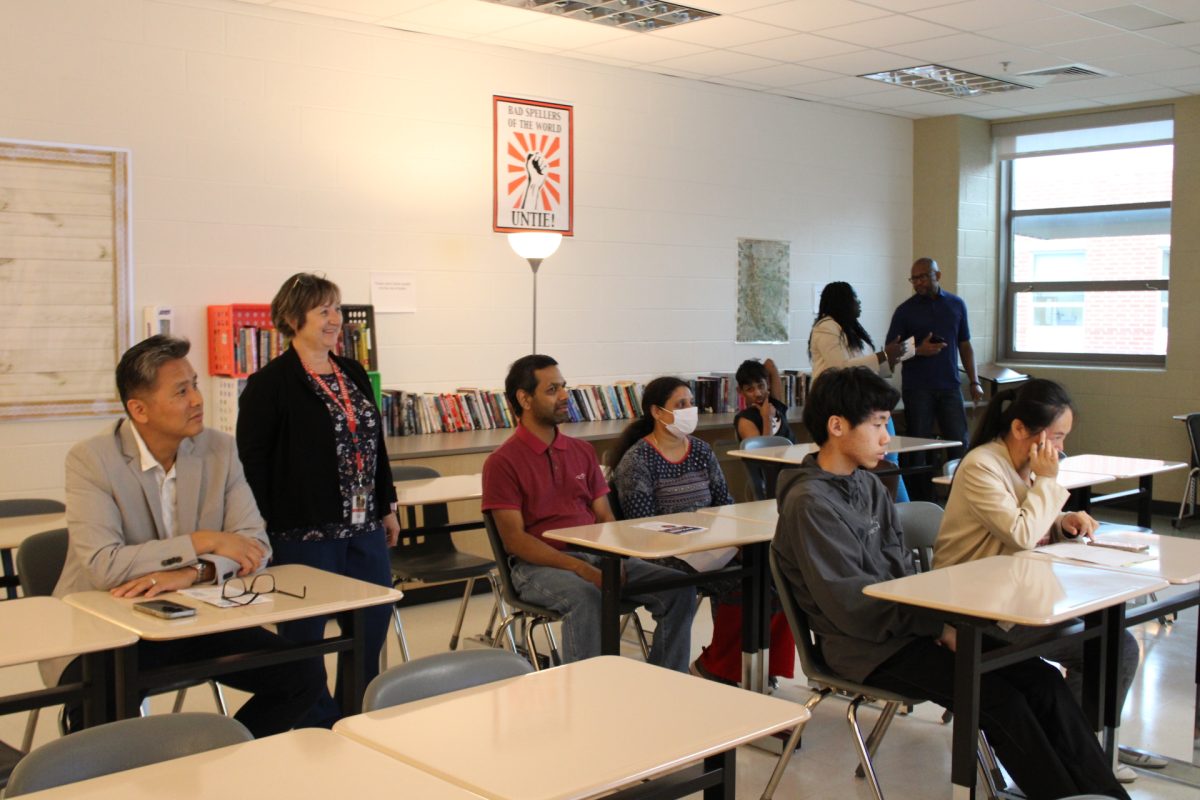


















![The Phoenix varsity volleyball team lines up for the national anthem. “We were more communicative [with each other] during this game, and I feel like we kept our energy up, especially after the first set,” senior Jessica Valdov said.](https://theblazerrhs.com/wp-content/uploads/2024/10/DSC_0202-1200x800.jpg)










![Junior Alex Alkhal pitches the ball. “[I] just let it go and keep practicing so we can focus on our goal for the next game to get better as a team,” Alkhal said.](https://theblazerrhs.com/wp-content/uploads/2025/05/DSC_0013-1-1200x929.jpg)







